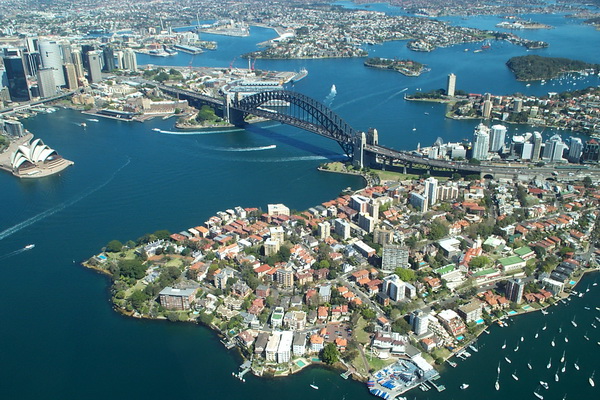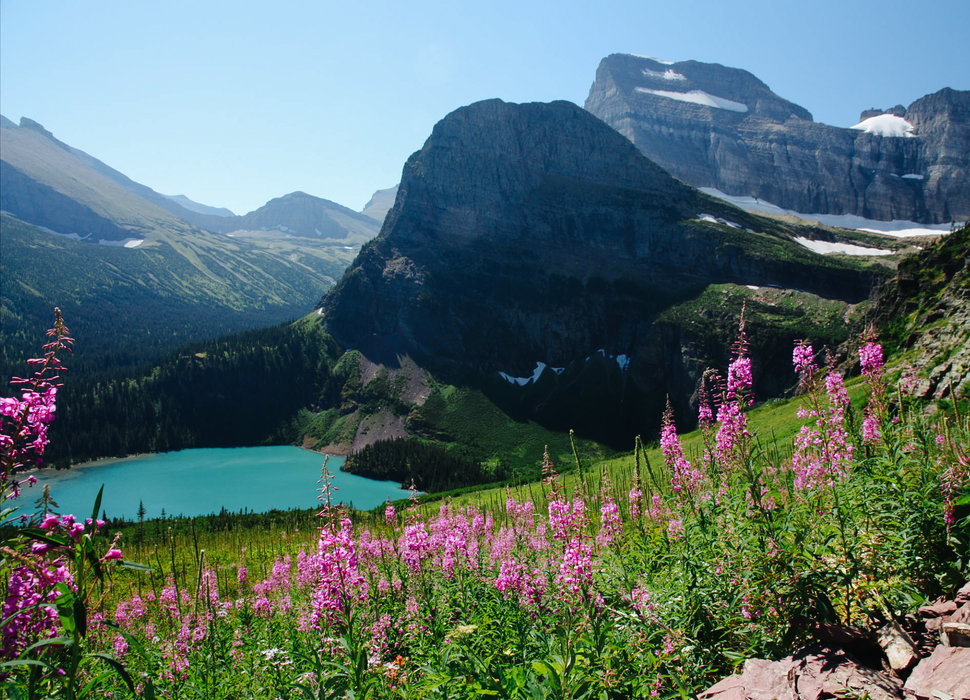Hey do you want to travel The Great Wall and Ming Tombs of China and you are worried about that you don’t know how you can do. This is no matter what country form you are. You can travel or visit the place you most like. We are here to help you to do that. We will show you the best deal to travel without any hesitation and chaos to the place you like most in China. So, firstly let’s know about the Great Wall of China.

Great Wall of China :
The collection of fortifications now known as “The Great Wall of China” has historically had a number of different names in both Chinese and English. In Chinese histories, the term “Long Wall(s)” (長城, changcheng) appears in Sima Qian’s Records of the Grand Historian, where it referred to both the separate great walls built between and north of the Warring States and to the more unified construction of the First Emperor. The Chinese character 城 is a phono-semantic compound of the “place” or “earth” radical 土 and 成, whose Old Chinese pronunciation has been reconstructed as *deŋ. It originally referred to the rampart which surrounded traditional Chinese cities and was used by extension for these walls around their respective states; today, however, it is much more often simply the Chinese word for “city”. The Great Wall of China is a series of fortifications made of stone, brick, rammed earth, wood, and other materials, generally built along an east-to-west line across the historical northern borders of China to protect the Chinese states and empires against the raids and invasions of the various nomadic groups of the Eurasian Steppe. Several walls were being built as early as the 7th century BCE; these, later joined together and made bigger and stronger, are now collectively referred to as the Great Wall. Especially famous is the wall built 220–206 BCE by Qin Shi Huang, the first Emperor of China. Little of that wall remains. Since then, the Great Wall has been rebuilt, maintained, and enhanced; the majority of the existing wall is from the Ming Dynasty (1368–1644).
You can travel there from the service of Visitacity.Com . Discover two of China’s most incredible attractions during a full-day tour of the Great Wall of China and the Ming Tombs from Beijing. Accompanied by a guide, visit one of the best-preserved parts of the Great Wall and marvel at the spectacular scenery that surrounds the Badaling section. Then, explore the Chang Ling Tomb, a magnificent Ming emperor burial site. Appease your appetite with an authentic Chinese lunch and enjoy the convenience of round-trip transportation from your Beijing hotel. They offer many things and you can get discount from their. You can click here to know about their deals. So, let’s know what you can expect.

Ming tombs
The Ming tombs are a collection of mausoleums built by the emperors of the Ming dynasty of China. The first Ming emperor’s tomb is located near his capital Nanjing. However, the majority of the Ming tombs are located in a cluster near Beijing and collectively known as the Thirteen Tombs of the Ming Dynasty (Chinese: 明十三陵; pinyin: Míng Shísān Líng; literally: “Ming Thirteen Mausoleums”). They are within the suburban Changping District of Beijing Municipality, 42 kilometres (26 mi) north-northwest of Beijing city center. The site, on the southern slope of Tianshou Mountain (originally Huangtu Mountain), was chosen based on the principles of feng shui by the third Ming emperor, the Yongle Emperor. After the construction of the Imperial Palace (Forbidden City) in 1420, the Yongle Emperor selected his burial site and created his own mausoleum. The subsequent emperors placed their tombs in the same valley.
Climb either the north or south face of the wall to absorb panoramic vistas of the surrounding scenery. Stroll the fortification to discover the watchtowers and natural havens that pepper the UNESCO World Heritage Site. Depart from your Beijing hotel in a comfortable, air-conditioned minivan and admire the rural scenery as you escape bustling Beijing. Stop first at the Great Wall of China, an iconic landmark illustrating the innovation of ancient Chinese engineering. Venture to the Badaling section, one of the best-preserved parts of the structure, and listen as your guide provides an engaging narrative about the attraction’s history. After thorough exploration of the ancient wonder, head to the sacred Ming tombs to discover the burial grounds of ancient Ming emperors. Marvel at three of the excavated tombs and hear of the extravagant lives led by the mausoleum’s inhabitants. Refuel with an authentic Chinese-style lunch then browse the bespoke shops of the Longdi Jade Factory for special souvenirs. Relax during the journey back to Beijing by comfortable coach and bid your guide farewell at your hotel.



